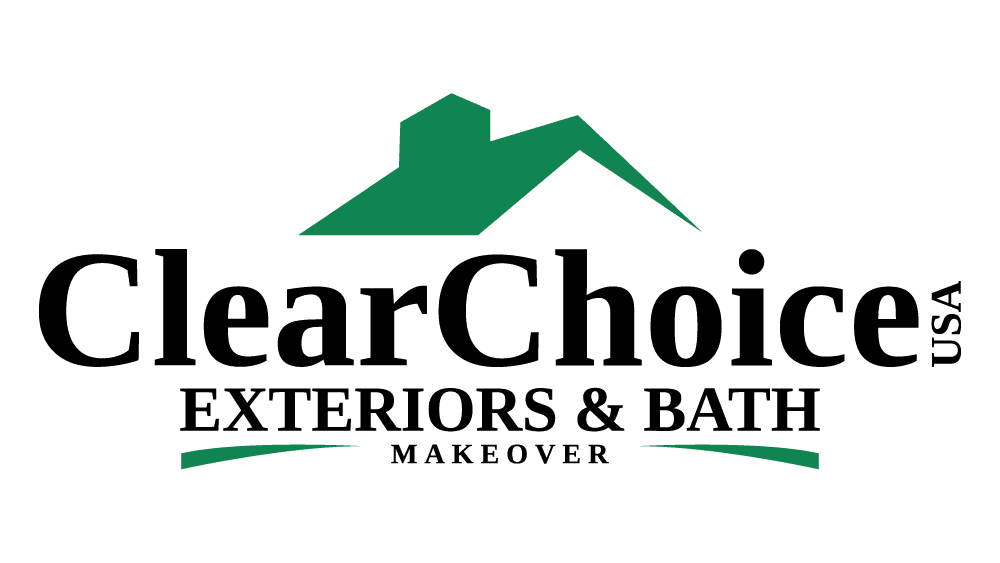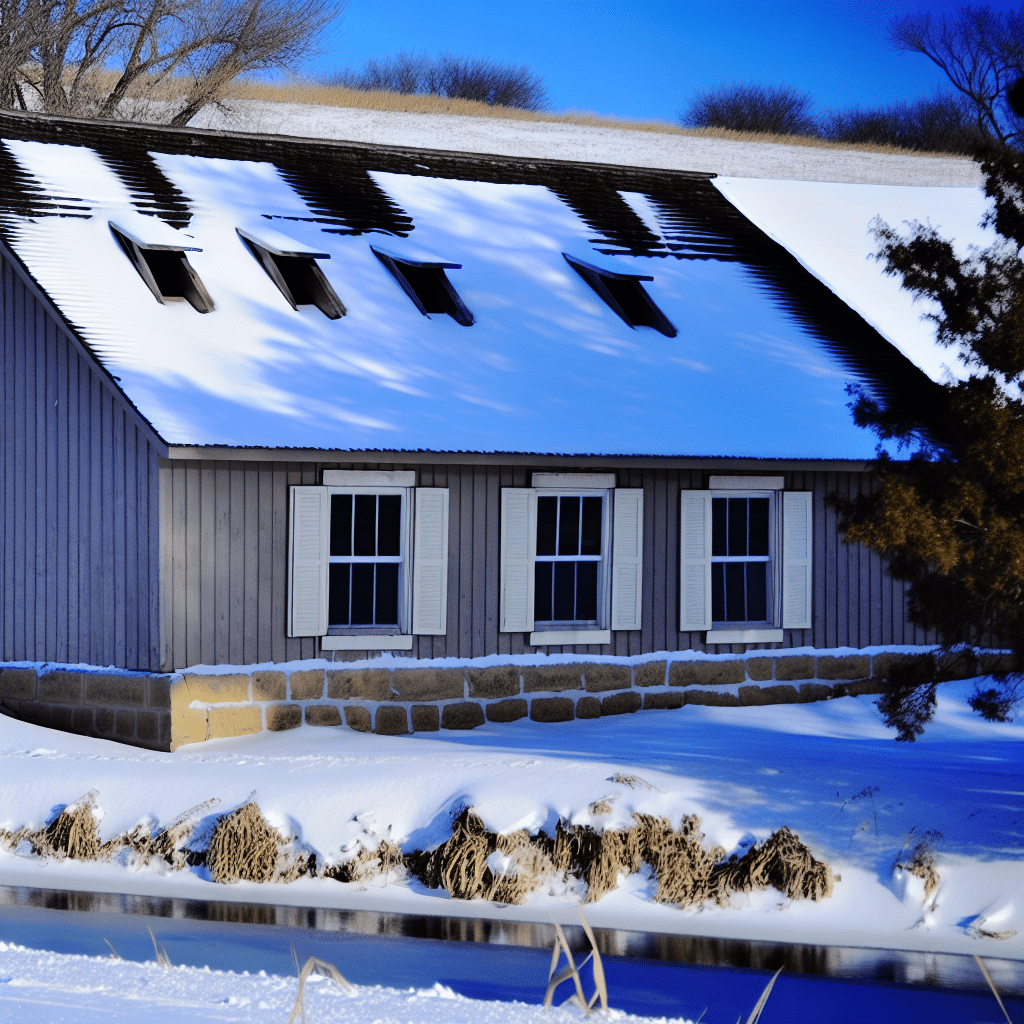The Vital Role of Soffit Installation in Home Ventilation
Ensuring your home can breathe is not just a luxury; it’s a necessity that cannot be overlooked. The right soffit installation does more than just prettify your house’s eaves—it serves the crucial function of maintaining constant airflow in your attic space. With the proper system in place, air can circulate freely, warding off problems like mold and structural damage caused by trapped moisture. As winter approaches Marshall County, the stakes for having effective airflow are even higher due to the increased risk of ice dams and related issues. That’s why understanding efficient soffit installation for airflow is central to the health of your home and family.
As the first line of defense against the icy clutches of winter, a well-installed soffit system helps keep your home’s climate controlled and energy bill in check. An essential yet often neglected aspect of home maintenance, soffit installation must cater to your specific home’s design and local climate. Neglect here can lead to increased energy consumption as heating systems work harder to compensate for the loss of heat through a poorly ventilated roof. Residents of Marshall County, be aware: seasonal preparation involves more than a good shovel—it includes securing your home’s ventilation before the snow sets in. The urgency to act swiftly and smartly is clear, and the wellbeing of your abode hangs in the balance.
The conversation around energy efficiency has grown louder, with homeowners seeking ways to conserve energy and save money. Efficient soffit installation plays a pivotal role in achieving these eco-friendly and cost-saving goals. It acts as a gateway for the heated air that rises naturally within your home to escape, keeping the space dry and the air quality high. In this regard, a well-designed soffit system is like hitting two birds with one stone—it’s protective and economically sound. As we prepare for the colder days, ensuring your home’s soffit system is up to par isn’t just a smart move—it’s an urgent one to guarantee your comfort and safeguard your investments.
Unlocking the Benefits of Proper Air Circulation
When it comes to maximizing the airflow in your home, the advantages of a correctly installed soffit system are extensive. These perforated panels are not just decorative; they enable the house to ‘inhale’ fresh outdoor air and ‘exhale’ stale, warm air from the attic. Such a continuous exchange of air is vital for maintaining low humidity levels and preventing the accumulation of condensation that can lead to structural decay. Homeowners should not underestimate the power of soffit vents in preserving the integrity of roofing components—a well-ventilated roof can substantially outlast its poorly ventilated counterpart. It’s a measure not only of precaution but also of financial prudence, as it can fend off costly repairs down the line.
Suboptimal soffit setups can be a silent culprit behind many common household issues. Signs such as peeling paint, warped decking, and even increased energy costs can often be traced back to ventilation failures. Without the efficient exit routes that soffit vents provide, trapped heat and moisture can wreak havoc on roof shingles and rafters resulting in a hefty bill for repairs. To ensure your home is not at risk, consult a professional who can assess and address any inefficiencies in your current setup. Taking action early can mean safeguarding your home from the gradual yet relentless damage caused by unregulated attic climates.
As we delve deeper into the specifics, it’s clear that soffit installations need to be tailored to the individual needs of each home. The appropriate placement and amount of soffit vents are determined by several factors, including attic size and regional weather patterns—especially crucial considerations in Iowa’s variable climate. With proper planning and execution, these installations can remarkably reduce the potential for winter-related damages like ice dams, saving homeowners from the headache and hazards of emergency repairs in freezing temperatures. Additionally, enhancing soffit ventilation can also translate into long-term benefits, improving your home’s energy efficiency and contributing to a more sustainable environment. Thus, the approach to installation must be strategic, focusing on both immediate and future gains.
Final Considerations for Robust Home Ventilation
As we wrap up our discussion on soffit ventilation, let’s revisit the significance of a well-ventilated home. Proper airflow contributed by well-installed soffits is more than just an aspect of home design; it’s a contributor to the long-term resilience and efficiency of your living space. These installations are a smart investment, offering benefits that extend beyond mere cost savings to encompass health advantages by ensuring good air quality indoors. Remember, the efficiency of your soffit installation can have a substantial impact on the way your home handles seasonal shifts in temperature and humidity. By prioritizing this, you’ll set the stage for a comfortable, durable, and energy-efficient household.
Looking beyond the immediate perks, quality soffit installations have far-reaching repercussions. They act as your home’s silent protectors, warding off attic pests and blocking moisture that could lead to wood rot and mold infestation. For homeowners in climates like Marshall County’s, where winters can be unforgiving, these installations are critical for minimizing heat loss and protecting the roof. It’s clear that by giving attention to these oft-overlooked home elements, you’re not just installing hardware; you’re investing in peace of mind. Let’s not forget that the functionality of your soffit contributes significantly to your home’s overall value—something to consider in your home maintenance or renovation plans.
In conclusion, the soffit plays a key role in maintaining a healthy home environment and can’t be dismissed as merely an afterthought. For those looking to ensure that their home ventilation is up to standard, seeking expert guidance is a prudent first step. A professional can provide customized solutions that address both immediate and long-term ventilation needs. If you want further information on soffit installation or if you require a professional assessment of your home’s ventilation system, consider visiting Clear Choice Exteriors, your trusted home exterior experts. It’s time to take control of your home’s airflow — for the sake of your comfort, health, and wallet.
Insights From The Experts
Tip 1:
Ensure that your soffit vents are not obstructed by insulation or other materials. Proper airflow is crucial for regulating temperature and moisture levels in your attic.
Tip 2:
Consider the size of your attic and the type of your roof when choosing the placement and number of soffit vents. Adequate ventilation depends on these factors for optimal performance.
Tip 3:
Regularly inspect soffit vents for signs of blockage, such as nests or debris. Keeping vents clear allows for continuous airflow and helps prevent issues like mold growth.
Tip 4:
Consult with a professional to evaluate the current state of your soffit ventilation. An expert can recommend enhancements to improve efficiency and extend the life of your roofing system.
Tip 5:
Be aware of the local climate and weather patterns, especially in areas prone to snow, as this can affect soffit ventilation needs. Proper vent installation helps minimize the risk of ice dams and related winter damage.
Your Soffit Installation Questions Answered
How does efficient soffit installation contribute to better airflow in a home?
An efficient soffit installation enables a continuous cycle of fresh air intake and stale air exhaust, crucial for maintaining proper attic ventilation and balanced temperatures throughout the home.
What are common signs that indicate my soffit vents are not properly placed?
Signs like moisture in the attic, mold growth, or a spike in energy costs can suggest that soffit vents are misplaced, leading to poor ventilation and air circulation.
Can mistakes in soffit installation impact the overall ventilation of my house?
Absolutely, incorrect soffit installation can restrict airflow, causing heat and moisture buildup that jeopardizes your home’s energy efficiency and can even lead to structural damage.
What benefits can I expect from improving soffit ventilation in my property?
Enhanced soffit ventilation can drastically improve air quality, reduce energy expenses, and prolong the lifespan of your roofing system by preventing moisture and heat accumulation.
How do soffit vents help in reducing the risk of ice dams during the winter months?
Soffit vents play a key role in maintaining a consistent roof temperature, preventing the melting and refreezing cycle of snow that forms ice dams, and ultimately protecting your home from water damage.








